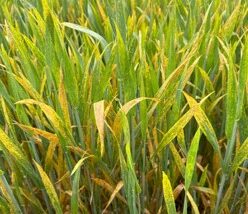Welcome to the JUNE edition of the Life Scientific Newsletter
Each year brings new challenges and spring 2024 has given us more than usual. The wet weather has made timely applications of crop protection products difficult, leading to the high disease levels present in some crops now.
On a positive note, the disease pressure in our trials is even higher than last year. Levels of yellow and brown rust in a trial being conducted by ADAS Boxworth are especially high, as you can see from the photograph, and we expect to see some interesting differences between treatments.
We have more trials in the ground this year than ever before as we continue to develop our new products and prove that our current range continues to perform at least as well as the market standards.
Whilst most of our field trials are looking at our new cereal fungicides, we also have treatments in peas with PGRO with MODIF (our reverse-engineered version of Switch), and we hope to share results with you soon.
T3 opportunities to protect your crop
s we approach T3 spray timings, growers need to decide whether cereal crops require protecting against fusarium ear blight, especially in a year like this with warm humid conditions during late development of the plant.
With some earlier fungicide applicaion timings not being ideal, there may also be a need to top up control of rusts if they continue to threaten remaining green tissue before the end of grain fill.
Decisions on whether, or what, to spray depend on the end market for the grain, and disease risk. Wheat grown for milling may need more protection against fusarium than for other markets and fungicide product choice needs to be made based on disease risk, weather, diseases present, and timing of earlier applications.
When checking for fusarium ear blight, symptoms range from pink/orange spores on infected grains to bleached spikelets. Yield reduction can vary depending on the species of fusarium present and the level of infection, and bleaching alone can lead to significant yield loss.
Ear blight is caused by a range of fusarium and microdochium species including F.culmorum, F graminearum, F.poae, F.langsethiae, F.avenaceum, M.nivale and M. majus. F.graminearum and F.culmorum are also important as they can produce the mycotoxins, DON (deoxynivalenol) and ZON (zearalenione). There are strict limits for these mycotoxins on grain for human consumption, with a maximum of 1250 ppb (1.25 mg/kg) for DON and 1000 ppb (100 ug/kg) for ZON.
Controlling ear blight with a T3 spray also gives an opportunity to top up late rust or septoria programmes.
Timing is important, with application from GS59 (full ear emergence) up until the end of flowering (GS69).
Certain SDHIs and triazoles have good activity against ear blight but, if two SDHI applications have already been made in the crop, triazoles are key to the protection at T3.
According to AHDB’s Fungicide Activity Rating for Major Wheat Diseases (reviewed March 2024), the active ingredients prothioconazole and tebuconazole have good activity ratings of 3 out of 5 against ear blight, with tebuconazole scoring 4 for brown and yellow rust, and prothioconazole scoring 2 for brown rust and 4 for yellow rust.
Confirming this, ADAS conducted work for Life Scientific which showed that both prothioconazole (AURELIA) and a prothioconazole/tebuconazole co-formulation (such as ESKER or ORASO PRO) were very effective in reducing severity of fusarium.
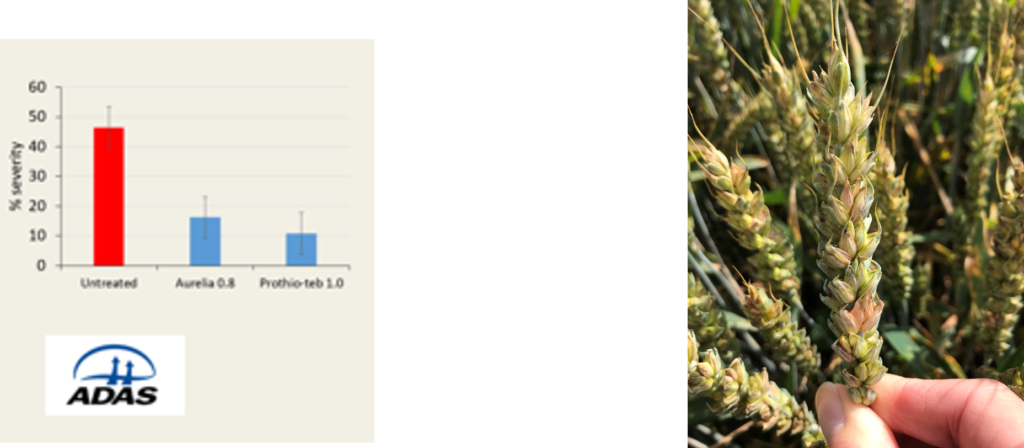
They also showed that the prothioconazole/tebuconazole co-formulation gave a useful reduction of DON and ZON levels.
See the approved product labels for detailed use instructions and restrictions.
LAYA approved on linseed – new use
LAYA, containing metsulfuron-methyl, is now approved for use on linseed. It should be used once at 30g/Ha to actively growing linseed, from first pair of true leaves unfolded, with a latest timing of before flower buds visible, or up to 25 cm tall, whichever is the sooner.
LAYA is a sulfonyl urea herbicide, which is highly active against a wide range of broad-leaved weeds. To achieve good control, weeds must be small at application and actively growing. Conditions which inhibit growth will result in reduced control.
Do not use LAYA in tank-mix on linseed. Allow at least 7 days between LAYA and other treatments (10 days if crop is growing poorly or under stress). Only cereals should be planted within 16 months of applying LAYA to a linseed crop
For size of weeds controlled, check the product label and don’t forget to clean out the sprayer thoroughly after use with an appropriate tank cleaner according to the manufacturer’s instructions.
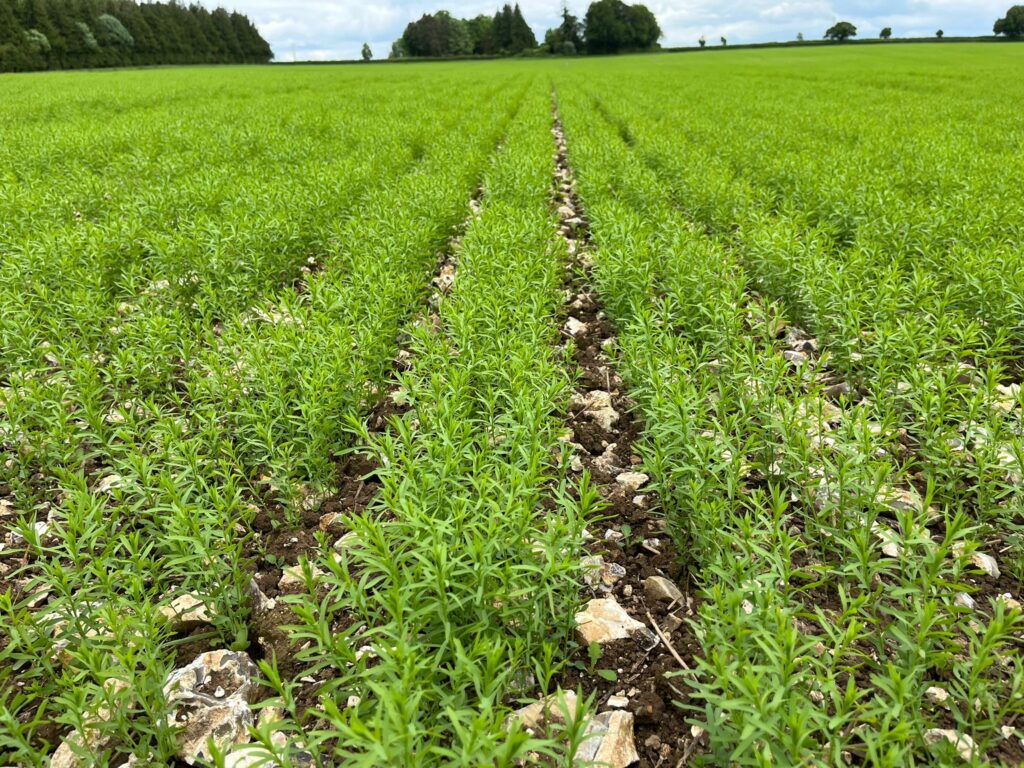
Bean rust and chocolate spot
Bean rust has been the major disease in field beans in recent years but chocolate spot is also being reported in some crops. It is encouraged by periods of humid weather and severe infections can defoliate the crop.
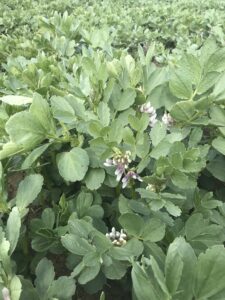
Rust is encouraged by hotter weather with humid nights and greatest yield losses are seen when the disease infects during late flowering.
If a fungicide application was made in May, it may be worth considering a follow-up fungicide application if disease pressure remains high.
ZONOR, containing tebuconazole, is approved for control of both chocolate spot and bean rust, and should be applied at the first signs of disease from early flowering.
AZOXYSTAR, containing azoxystrobin, is approved for control of bean rust between BBCH60 – 69 and should be applied when the disease is first seen in the crop or when conditions are suitable for disease development.
See the approved product labels for detailed use instructions and restrictions
Weed control in maize
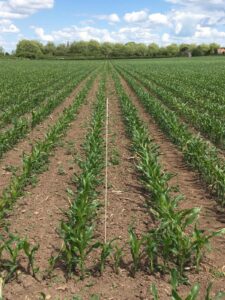
The wet spring has also delayed maize drilling in areas across the country and conditions continue to encourage weed growth in the emerging crop. As we have mentioned before, weeds need controlling within the first six weeks of the crop’s development to reduce the impact of competition.
BASILICO, containing mesotrione, can help to control some important weeds such as Black-nightshade, Fat-hen and Redshank in grain and forage maize when applied between 2 and 8 leaves of the crop at 0.75L/Ha.
See the approved product label for detailed use instructions and restrictions.
